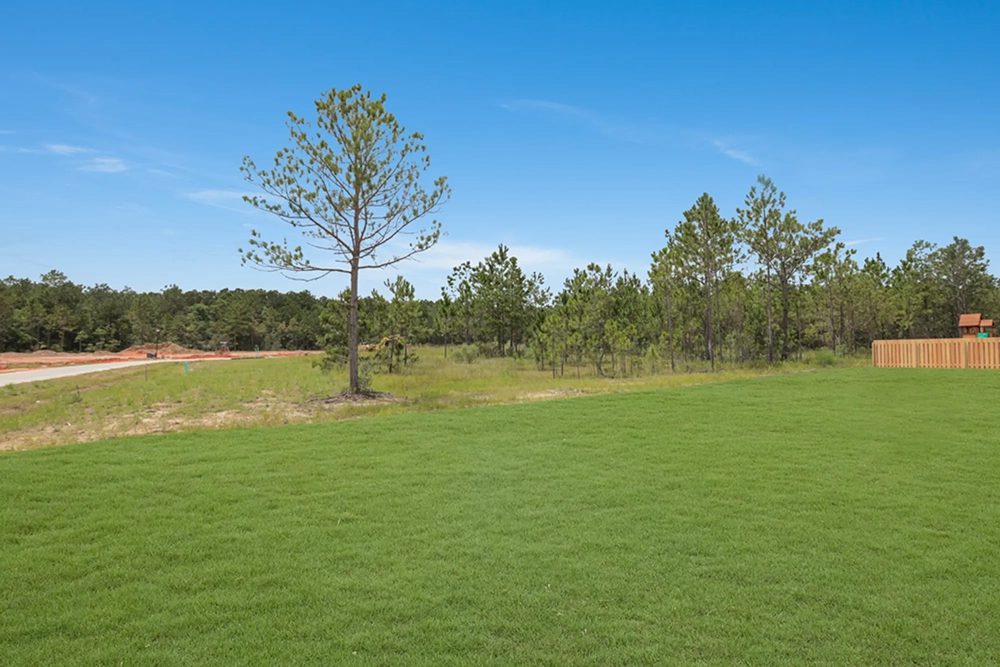Finding Your Perfect Home By Choosing the Right Neighborhood
Deciding where to live is a complex decision, influenced by a variety of factors that range from the broad to the very specific. Whether you’re moving for a year or looking to settle down for a lifetime, the question, “Where should I live?” involves considering both your current lifestyle and your future aspirations. To help streamline your decision-making process and ensure you find a location that feels like home, here are some essential tips and considerations.
1. Proximity to Essential Services and Loved Ones
Evaluate the importance of being close to key places and people in your life. How close do you need to be to your family, friends, workplace, schools, healthcare facilities, and shopping centers? Consider the maximum commute time you are willing to tolerate each day and think about the availability of public transportation if you prefer not to drive.
2. Neighborhood Noise and Activity Levels
Your personal preference for peace or proximity to nightlife should guide your choice of neighborhood. Use tools like Google Maps to assess the location’s noise potential—be wary of proximity to fire stations, busy roads, railway tracks, and nightlife venues.
3. Employment Opportunities
If you’re relocating for work, research the local job market to ensure there are opportunities in your field. This is crucial if remote working is not an option for you. Check the U.S. Bureau of Labor Statistics for updates on local economic conditions.
4. Cost of Living
Understanding the financial implications of moving to a new area is crucial. Research local housing costs, utility expenses, and taxes to ensure they align with your budget. A real estate agent can provide valuable insights into the local market.
5. Homeownership Regulations
If you’re considering buying a home, check if there are any Homeowners Associations (HOAs) and what their rules are regarding property modifications. Some people appreciate the uniformity that HOAs enforce, while others prefer more freedom to customize their home.
6. Walkability and Public Transportation
Consider how easy it is to get around without a car. A high walkability score means you can accomplish most errands on foot. Additionally, check for bike lanes and public transit options to reduce dependence on a car.
7. Access to Green Spaces
The availability of parks and recreational areas can greatly enhance your quality of life, offering both health benefits and a place for leisure. Ensure the neighborhood offers ample green space if this is important to you.
8. Climate Considerations
The general climate and even microclimates within a city can affect your daily life. Some prefer the vibrancy of changing seasons while others favor more consistent weather. Tools like ClimateCheck can help you understand what to expect in terms of weather and environmental risks.
9. Safety and Community Feel
Safety is a paramount concern. Research local crime rates and speak to potential neighbors about the community’s security. Additionally, consider the general vibe of the neighborhood to see if it matches your lifestyle—whether it’s family-friendly, youthful, or suited for retirees.
10. Experience the Neighborhood Firsthand
If possible, spend time in the neighborhood at different times of the day and week to get a real feel for what living there would be like. Consider a short-term rental to test the waters before making a long-term commitment. Engage with locals to gather their views and experiences of the area.
By thoroughly researching and personally visiting potential neighborhoods, you can make an informed decision that aligns with your needs and preferences. Remember, choosing where to live is not just about finding a house but finding a community where you can thrive.

